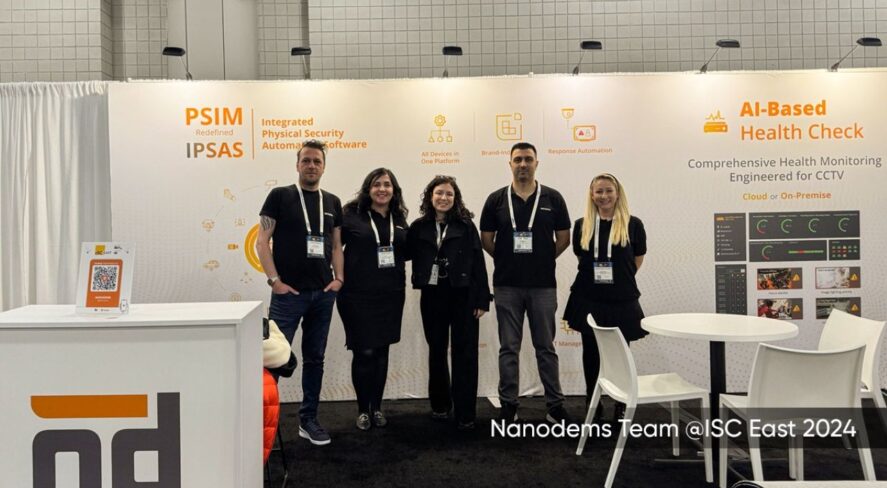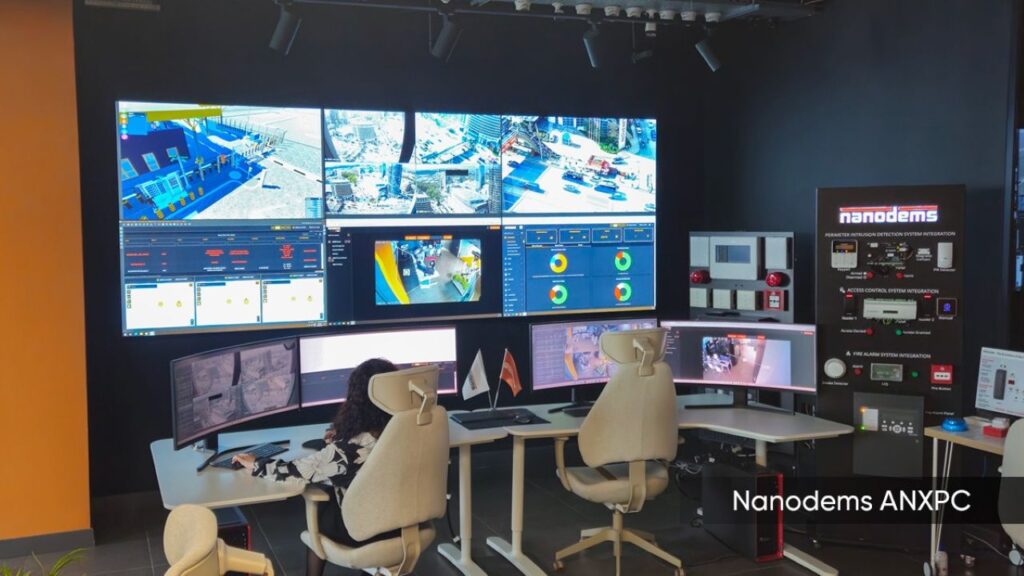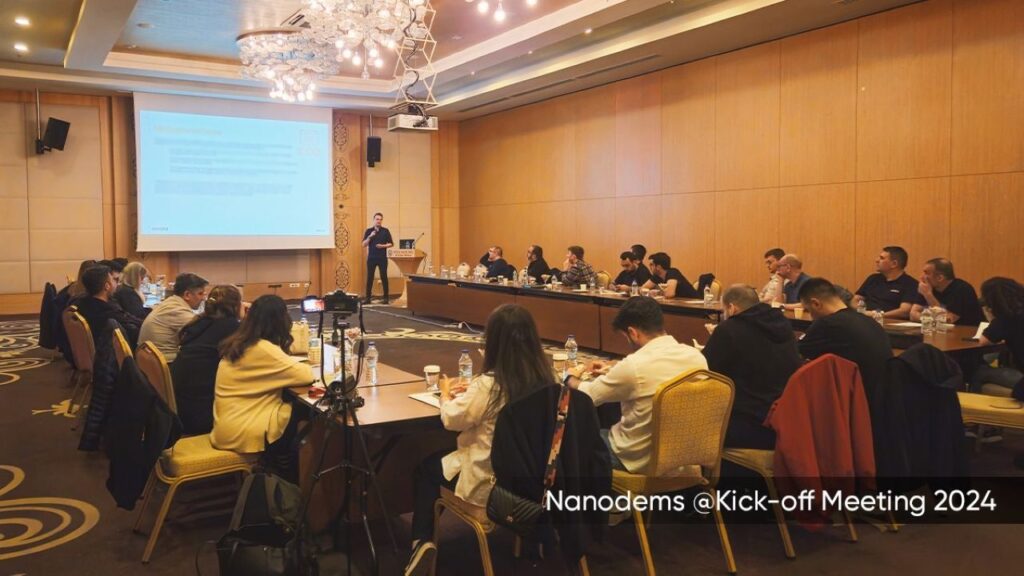SIA New Member Profile: Nanodems

New Security Industry Association (SIA) member Nanodems helps organizations streamline operations, mitigate risk and centralize control of their security assets and systems with its intelligent converged platform. The company is headquartered in Burlington, Massachusetts, with a growing network of partners and clients spanning across the world.
SIA spoke with Asli Citak, marketing manager at Nanodems, about the company, the security industry and working with SIA.
Tell us the story of your company.
Asli Citak: Founded in 2007, our company developed one of the first physical security information management (PSIM) software platforms to transform physical security operations through intelligent software. Emerging from a need for centralized security environments and alarm process management, we recognized security infrastructure’s growing complexity and fragmentation in large-scale environments. Our platform was built to converge disparate systems – CCTV, access control, alarms, sensors and more – under one intelligent dashboard. What began as a niche solution has since evolved into a comprehensive platform used across multiple continents today.
What solutions/services does your business offer in the security industry? And what makes your offerings or your company unique?
AC: We offer an advanced PSIM software platform that centralizes the monitoring and management of all physical security systems. Our core modules include incident management, real-time system health monitoring, AI-powered analytics, automated processes and powerful integrations with hundreds of third-party devices and platforms. What makes us unique is our ability to scale for large, complex deployments – some of our clients manage tens of thousands of cameras – along with the flexibility we offer through highly customizable workflows and dashboards tailored to each industry’s needs.
What is something we might not know about your company – or something new you are doing in security?
AC: We recently introduced a security-focused digital twin feature that is powered by 3D maps within our platform, offering users a completely visualized way to monitor their environments. These digital twins are the exact copies of the customers’ sites, be they stadiums, headquarters or any other location, with all existing infrastructure and electronic security hardware. Unlike traditional 2D layouts, our 3D visualization allows operators to navigate facilities in real time, quickly locate incidents and understand spatial relationships between devices and zones. This feature gives our customers immense situational awareness of their locations and significantly reduces their response times to critical events.

What is your company’s vision, and what are your goals for the security industry?
AC: Our vision is to become the backbone of integrated physical security automation worldwide as well as enabling Dark Security Operation Centers. Our DSOCs’ vision involves making SOCs completely self-driven and automated with lesser human interference. We believe that centralization is the future of security and want to push the boundaries of how data can be used to prevent threats and make the world a safer place.
What do you think are the biggest opportunities in the security industry right now?
AC: The convergence of AI, the Internet of Things and cloud technologies presents enormous opportunities for the industry. In the past, simply generating data was a major focus. Now the challenge has shifted to making sense of the overwhelming volume of data being collected. In an industry where fast, informed decisions are critical, the ability to unify fragmented systems, analyze video and sensor data in real time and manage operations remotely is more important than ever. Solutions that can turn complex data into clear, actionable insights will shape the future of security – and that’s precisely where we see our value.
What are your predictions for the security industry in the short and long term?
AC: We expect continued digital transformation and cloud migration across security departments in the short term. Long-term, we foresee the rise of predictive analytics, autonomous systems and even tighter integration between cyber and physical security. PSIM will evolve into a central nervous system for organizations – managing not just events, but entire security ecosystems in real time.
What are the biggest challenges facing your company and/or others in the security industry?
AC: One of the main challenges is integration – bringing together legacy systems with modern solutions seamlessly and securely. Another challenge is educating the market on the value of investing in PSIM and automation. There’s also increasing pressure on cybersecurity, which must be addressed alongside physical security in today’s interconnected environments.

What do you enjoy most about being at your company – and in the security industry?
AC: What I personally love the most is knowing that the solutions we build help protect people, assets and public spaces. Seeing our platform making a real difference in critical environments, from city surveillance to financial institutions, is incredibly rewarding. I love working in a company that constantly moves forward, evolves and does it with a passion for protecting our society.
What does SIA offer that is most important to you/your company? And what do you most hope to get out of your membership with SIA?
AC: (Apart from some really cool events!) SIA provides an invaluable platform for networking, industry insights, and best practices. As a constantly-evolving company, we’re particularly interested in participating in thought leadership discussions, staying updated with regulatory and market trends and attending the ISC shows. Through SIA, we hope to connect with partners, expand into new markets and contribute to shaping the future of physical security.
How does your organization engage with SIA? What are your plans for involvement in the next year?
AC: We are actively exploring more ways to engage with SIA, including attending events, webinars and panel discussions. In the upcoming year, we plan to attend more SIA events and collaborate on research and innovation within the PSIM and AI space. Accessing member resources like research, benchmarking data and compliance guidance is also a priority for us.
The views and opinions expressed in guest posts and/or profiles are those of the authors or sources and do not necessarily reflect the official policy or position of the Security Industry Association.
